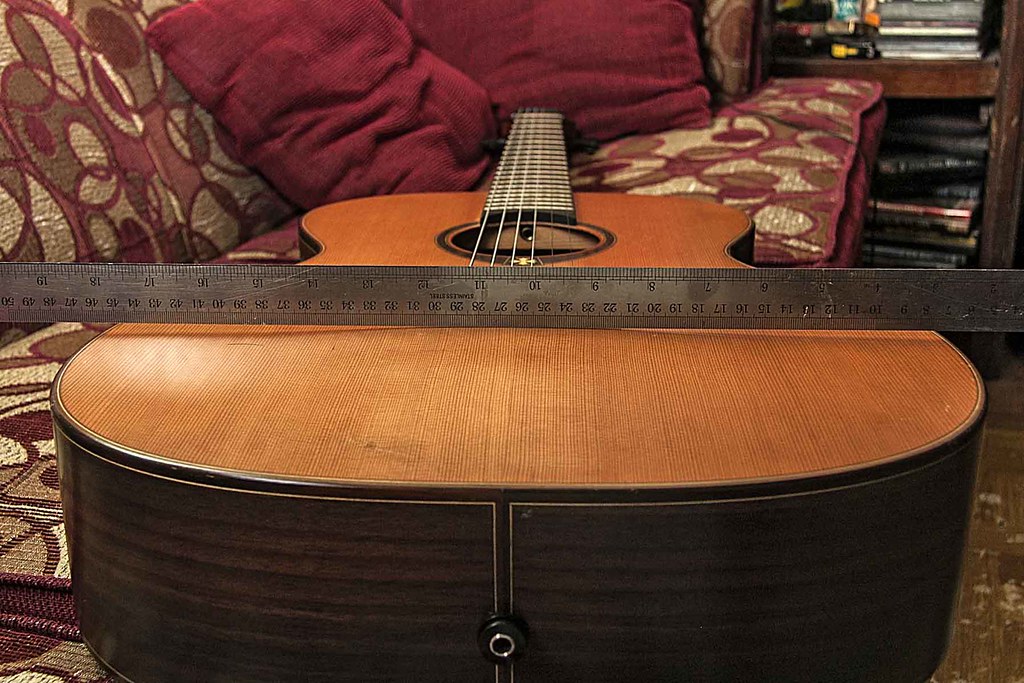Dear Guitar Enthusiasts,
Least expected the last 2 consecutive jobs were repairing cracked necks. Both guitars' necks were seriously cracked indeed. A Martin OM-28V came in first with a almost severed neck. A few days later a Takamine guitar arrived in two. Here are the pictures of both guitars' cracked necks.
The repair is of course to re-glue the cracked portions and get the guitar back in action. However many of my clients are not aware of a whole of details and considerations that come with a cracked neck repair job. This is where I play my part as a professional, i.e. to provide the best fitting repair options to suit their desires and budgets.
For cracked guitar necks, I provide these options.
1. Re-glue the cracked portions.
2. Re-glue the cracked portions plus reinforcements.
3. Re-glue the cracked portions plus reinforcements plus cosmetic touch-up
They simply differ in terms of the amount of jobs. I am not going to dive into elaboration of each option as I think they are pretty self-explanatory. However I welcome any queries regarding them if you deem necessary.
The Martin OM-28V
The owner was determined to have it fixed to last because he really liked the guitar. The crack was due a fall by his younger brother who has accidentally dropped the guitar. The owner has chosen my 3 option, that is to re-glue the cracked portions, reinforce its neck and perform cosmetic touch-ups on the affected areas. Let the pictures talk. The sequence starts from left picture and goes clockwise.
The Takamine guitar
The client who brought it to my workshop isn't the owner. He wanted to get the guitar repair for a friend who has pretty deep attachment to this Takamine guitar. At first, he has chosen the 2nd option, that is to re-glue the cracked portions plus reinforcements. Eventually I have decided to go all the way for this guitar because I think it would make the owner really happy. Again, let the pictures talk.
Thanks for taking time to read my posting!
Least expected the last 2 consecutive jobs were repairing cracked necks. Both guitars' necks were seriously cracked indeed. A Martin OM-28V came in first with a almost severed neck. A few days later a Takamine guitar arrived in two. Here are the pictures of both guitars' cracked necks.
 |
| Martin OM-28V |
 |
| Takamine |
For cracked guitar necks, I provide these options.
1. Re-glue the cracked portions.
2. Re-glue the cracked portions plus reinforcements.
3. Re-glue the cracked portions plus reinforcements plus cosmetic touch-up
They simply differ in terms of the amount of jobs. I am not going to dive into elaboration of each option as I think they are pretty self-explanatory. However I welcome any queries regarding them if you deem necessary.
The Martin OM-28V
The owner was determined to have it fixed to last because he really liked the guitar. The crack was due a fall by his younger brother who has accidentally dropped the guitar. The owner has chosen my 3 option, that is to re-glue the cracked portions, reinforce its neck and perform cosmetic touch-ups on the affected areas. Let the pictures talk. The sequence starts from left picture and goes clockwise.
The Takamine guitar
The client who brought it to my workshop isn't the owner. He wanted to get the guitar repair for a friend who has pretty deep attachment to this Takamine guitar. At first, he has chosen the 2nd option, that is to re-glue the cracked portions plus reinforcements. Eventually I have decided to go all the way for this guitar because I think it would make the owner really happy. Again, let the pictures talk.
Thanks for taking time to read my posting!












